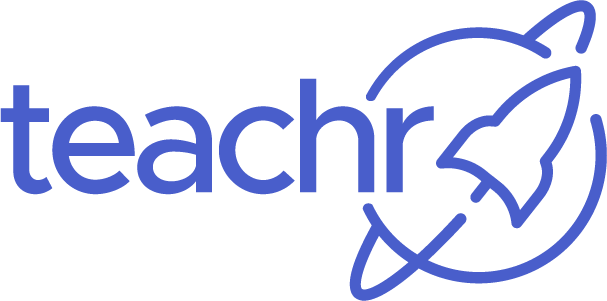As course creators, it is essential to recognize that learners come with diverse learning styles and needs. In this article, we will explore the importance of catering to these diverse learning styles and needs in online course creation and discuss some strategies to ensure that your course is inclusive and effective for all learners.
Understanding Diverse Learning Styles
Learning styles refer to the different ways in which individuals process and retain information. Some of the most common learning styles include:

Visual learners: These learners prefer to see information and learn best through visual aids such as images, diagrams, 3D, AR, VR, 360° and videos.

Auditory learners: These learners prefer to hear information and learn best through listening to lectures, podcasts, or audio recordings.

Kinesthetic learners: These learners prefer hands-on experiences and learn best through activities, simulations, and practical exercises.

Reading/writing learners: These learners prefer to read and write information and learn best through text-based materials such as articles, books, and written assignments.
Strategies for Addressing Diverse Learning Styles in Online Course Creation
Offer a variety of content formats: To cater to different learning styles, provide a mix of content formats such as videos, audio recordings, text-based materials, and interactive activities. This will ensure that learners can engage with the content in a way that suits their learning style.
Incorporate multimedia elements: Use images, diagrams, and infographics to support the text and make the content more visually appealing for visual learners. Additionally, consider adding 3D and VR as well as 360° video content to cater to audiovisual learners.
Provide opportunities for interaction: Encourage learners to participate in discussions, group projects, and peer reviews to cater to kinesthetic learners who learn best through hands-on experiences.
Offer self-paced learning: Allow learners to progress through the course at their own pace, giving them the flexibility to spend more time on topics they find challenging or to skip ahead if they already have a strong understanding of the material.
Addressing Diverse Learning Needs
In addition to diverse learning styles, online course creators should also consider the diverse learning needs of their audience. Some strategies to address these needs include:
Ensure accessibility: Make sure your course is accessible to learners with disabilities by following accessibility guidelines such as providing alternative text for images, using clear and concise language, and offering transcripts for audio and video content.
Offer personalized learning paths: Allow learners to choose their own learning path based on their interests, goals, and prior knowledge. This can help keep learners engaged and motivated throughout the course.
Provide support and resources: Offer additional resources and support for learners who may need extra help, such as tutoring, supplementary materials, or access to a help forum.
Embracing diverse learning styles and needs in online course creation is crucial for ensuring that your course is inclusive and effective for all learners. By offering a variety of content formats, incorporating multimedia and virtual reality elements, providing opportunities for interaction, and addressing diverse learning needs, you can create an engaging and accessible online learning experience that caters to the unique preferences and requirements of your audience.





